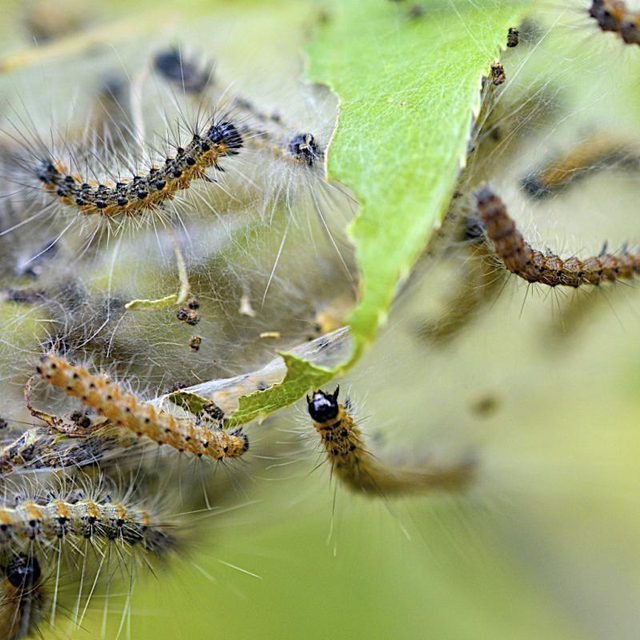Bulbs
Flower Basics
Flower Beds & Specialty Gardens
Flower Garden
Garden Furniture
Garden Gnomes
Garden Seeds
Garden Sheds
Garden Statues
Garden Tools & Supplies
Gardening Basics
Green & Organic
Groundcovers & Vines
Growing Annuals
Growing Basil
Growing Beans
Growing Berries
Growing Blueberries
Growing Cactus
Growing Corn
Growing Cotton
Growing Edibles
Growing Flowers
Growing Garlic
Growing Grapes
Growing Grass
Growing Herbs
Growing Jasmine
Growing Mint
Growing Mushrooms
Orchids
Growing Peanuts
Growing Perennials
Growing Plants
Growing Rosemary
Growing Roses
Growing Strawberries
Growing Sunflowers
Growing Thyme
Growing Tomatoes
Growing Tulips
Growing Vegetables
Herb Basics
Herb Garden
Indoor Growing
Landscaping Basics
Landscaping Patios
Landscaping Plants
Landscaping Shrubs
Landscaping Trees
Landscaping Walks & Pathways
Lawn Basics
Lawn Maintenance
Lawn Mowers
Lawn Ornaments
Lawn Planting
Lawn Tools
Outdoor Growing
Overall Landscape Planning
Pests, Weeds & Problems
Plant Basics
Rock Garden
Rose Garden
Shrubs
Soil
Specialty Gardens
Trees
Vegetable Garden
Yard Maintenance
How to Get Rid of Webworms
How to Get Rid of Webworms. Fall webworms aren't known for being picky eaters. In fact, the moth larvae feed on more than 900 different species of shrubs and trees, although they won't touch conifers. The pests make large communal nests that reach up to 3 feet in length. The nests are composed of webbing, pieces of leaves and caterpillar droppings,...

Fall webworms aren't known for being picky eaters. In fact, the moth larvae feed on more than 900 different species of shrubs and trees, although they won't touch conifers. The pests make large communal nests that reach up to 3 feet in length. The nests are composed of webbing, pieces of leaves and caterpillar droppings, and each one can house hundreds of caterpillars. Although the dirty nests might look alarming, webworm feeding activity rarely causes severe damage to healthy plants. Several control methods can help you get rid of webworms and keep your ornamental plants looking attractive.
Attract Webworm Predators
Plants often don't need to be treated with any type of insecticide because over 75 natural predators eat webworms. Fall webworms and their eggs are often eaten by birds, spiders, assassin bugs, parasitic wasps and beneficial stinkbugs. Attract feathered friends to your yard by placing birdbaths, bird feeders and birdhouses in areas that frequently host webworms. Lure beneficial insects by placing a variety of flowering plants around your landscape. Annual plants that entice beneficial insects to stick around include baby's breath (Gypsophila elegans), sweet marjoram (Origanum majorana), basil (Ocimum basilicum) and borage (Borago officinalis).
Remove the Webs
Webworms build their nests on the tips of branches, and you can easily remove webbing by pruning off infected wood tissue. Sanitize your pruning tools between each cut by dipping it in denatured alcohol, methanol, or a solution of 9 parts water and 1 part chlorine bleach. Only prune out web-infested branches if it won't ruin the look of your ornamental plant. If you fear pruning will make a plant look unattractive, use a long pole or stick to pull the webs off the branches. Be careful not to tear the tents open, however. Tearing open the webs might allow hungry predators to reach the caterpillars, or it might just encourage the pests to spread out among the branches and build new nests. Remove webworm webbing in early morning or at about dusk when the caterpillars are settled in the nest. Destroy removed webbing by dropping it into a pail of soapy water or placing the debris in a covered garbage can. Don't just leave webworm nests on the ground or the caterpillars may simply return to the host plant and build new nests.
Spray With Bt
The Bacillus thuringiensis Kurstaki strain (Btk) is a microbial pesticide that kills caterpillars without harming people, animals, birds, plants or beneficial insects. (ref 9) Once webworms ingest Btk-treated foliage, they quit eating and die within several days. Take the time to read label instructions and safety precautions. One Btk product recommends mixing 4 teaspoons of concentrate for each gallon of water. Use a handheld sprayer to thoroughly cover the tops and undersides of the foliage surrounding the webs. Start spraying when you first spot the caterpillars and repeat every five to seven days while the pests remain. Repeat application if your area receives heavy rain within 24 hours of treatment. Btk also kills the caterpillars of many beneficial butterflies, so avoid spraying plants that attract nectar-loving butterflies.
Treat With Carbaryl
Carbaryl-based pesticides effectively treat webworms if you spray while they are still small. Read and carefully follow the instructions on the label. One product recommends mixing 4 teaspoons of carbaryl concentrate for every 1 gallon of water. Use a small garden sprayer to thoroughly cover the webs, as well as the tops and undersides of the surrounding foliage. Wait at least seven days to repeat treatment, if necessary, but don't spray plants with carbaryl more than four times a year. Allow the spray to dry before allowing people or pets into the treatment area. Carbaryl is highly toxic to honeybees, so avoid spraying flowering shrubs or trees. It can also harm beneficial insects, so don't spray carbaryl on your plants and expect the webworms' natural predators to help you control the rest of the pests. Wear protective clothing, goggles and waterproof gloves to reduce your risk of chemical exposure while mixing and applying insecticides.